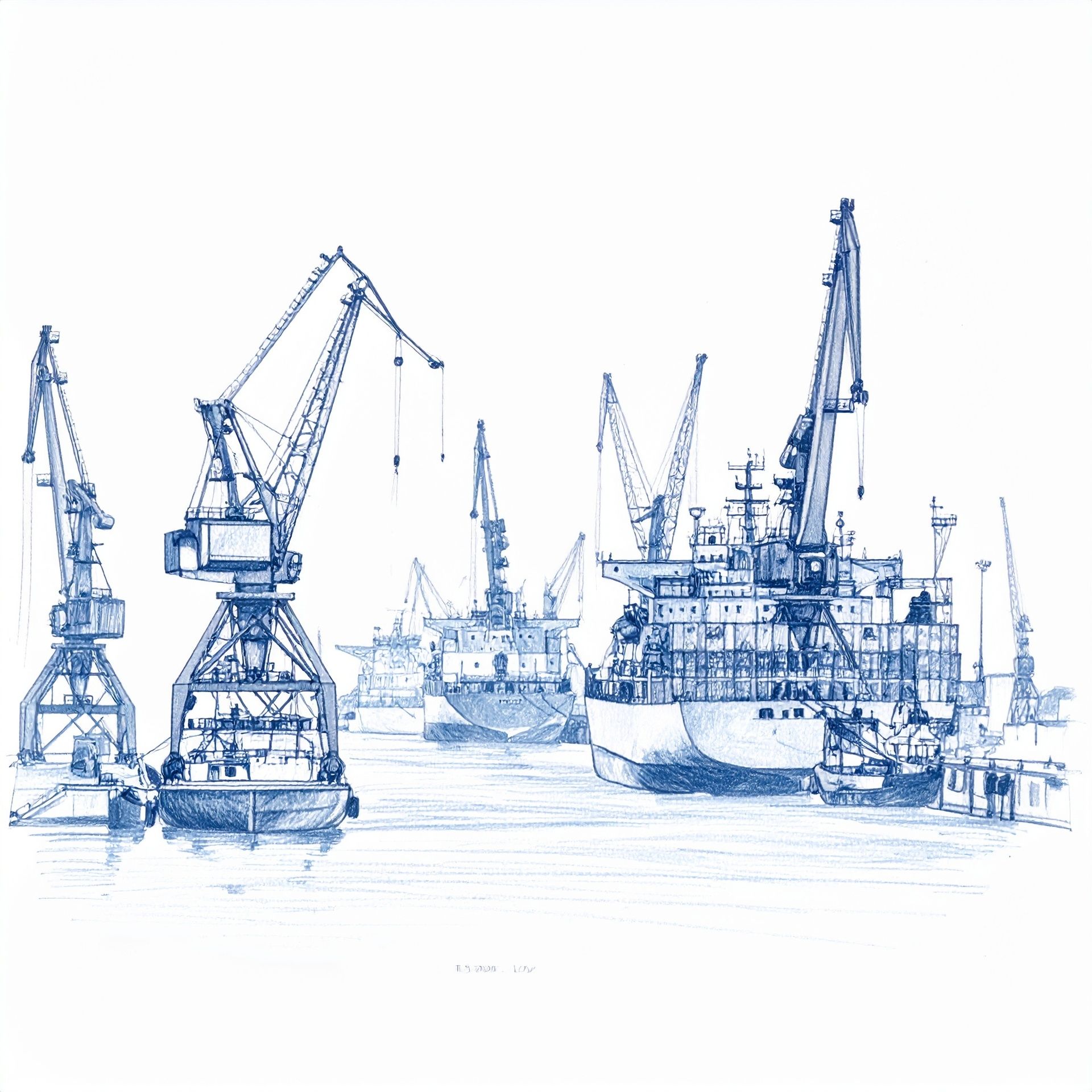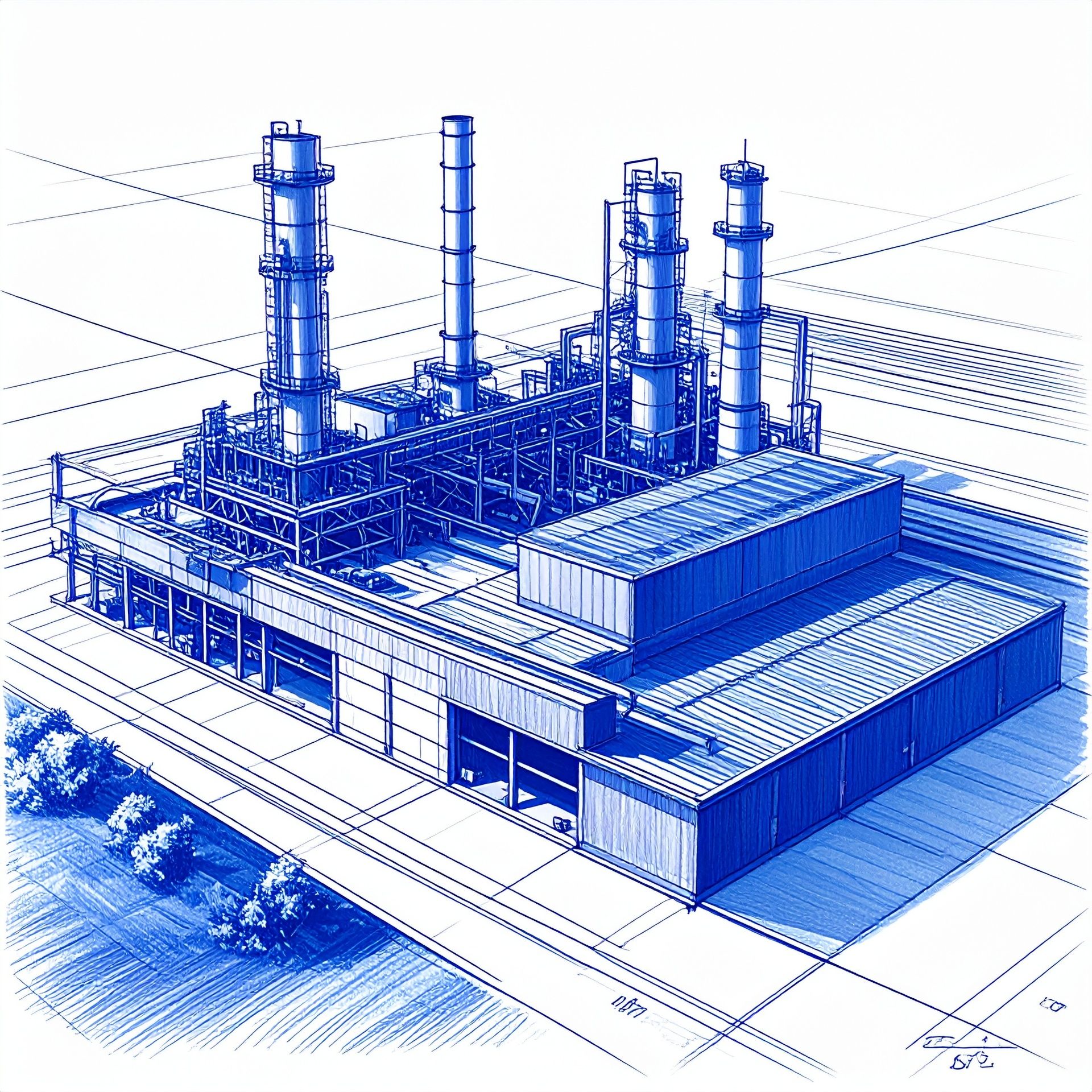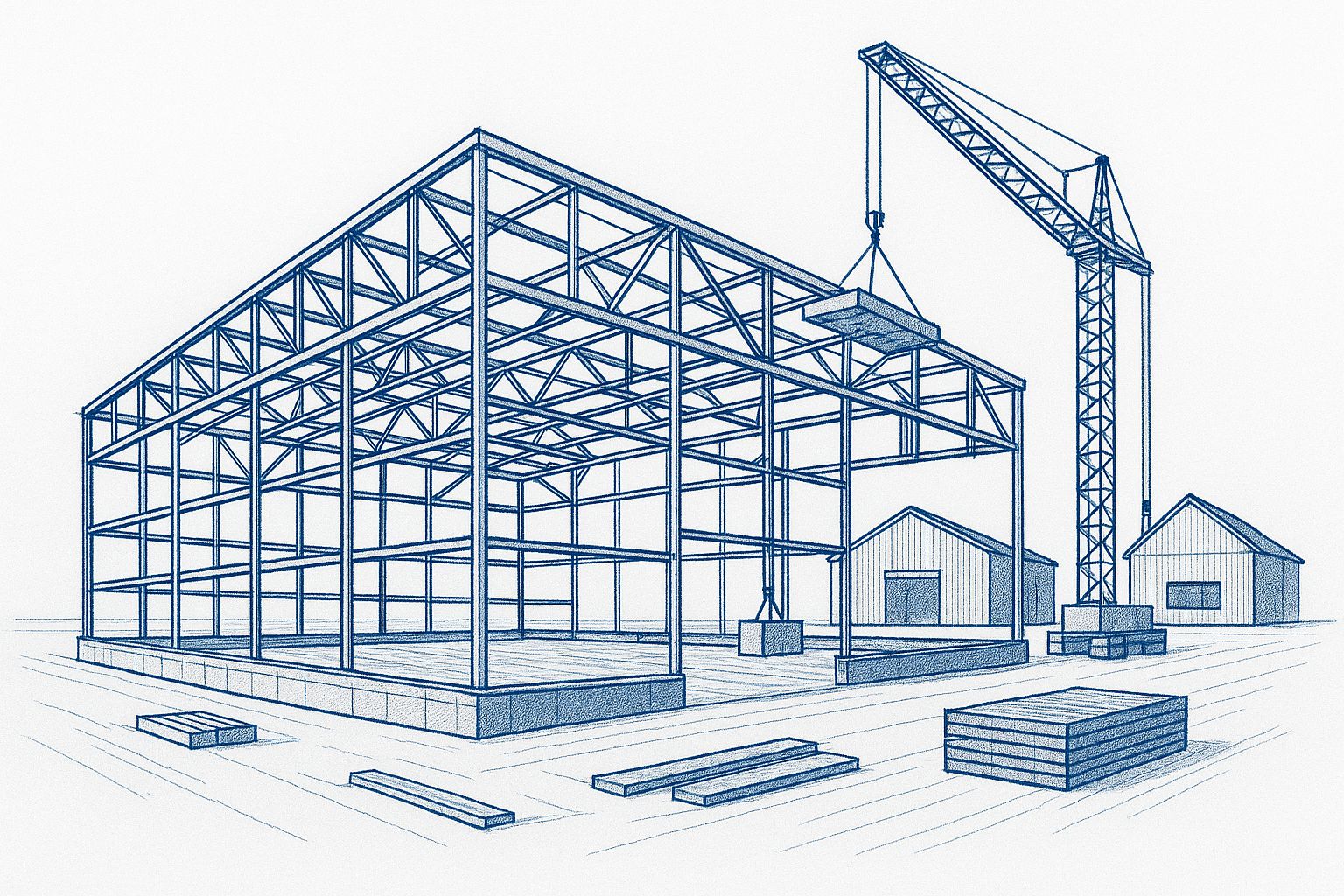(New Weekly E-Mail Structure - Link To Weekly Chartbook at the Bottom)
This was a short week for Massif Capital due to familial responsibilities, as such we are forgoing our usual introductory market commentary so we can focus all our attention on our most demanding investors (they are 2 and 4, question every investment thesis, and insist that returns come in the form of cookies or ice cream).
Essential Real Asset Reading

Commodity Trading 101
Given the events of the week, and the opasity of the world of both paper and physcal trading, these seems like a worthwile reasource to share with people. Trafigura, one of the worlds largest commodity traders, has done us all a service with this website.

More Solar, Wind and Coal
China is rapidly adding renewable energy like solar and wind while also building more coal plants. Renewables in China are replacing crude oil use, not coal, due to electrification and the rise of electric vehicles. This shift helps China reduce oil imports and improve energy security.

Still Humming
Construction starts grew 16% in June 2025, led by a 39% jump in nonresidential projects like factories and data centers. Infrastructure work also rose 2%, but residential building fell slightly by 1%. Despite the growth, inflation and economic uncertainty make future construction plans cautious.

Thoughts from a Great Historian
The United States is risking its strong global alliances by doubting its commitment to protect its partners. History demonstrates that effective alliances enable countries to stay safe and resolve problems collectively. If the U.S. continues to push its allies away, it may lose their trust and face increased conflicts and trade disputes.
Until next week,
